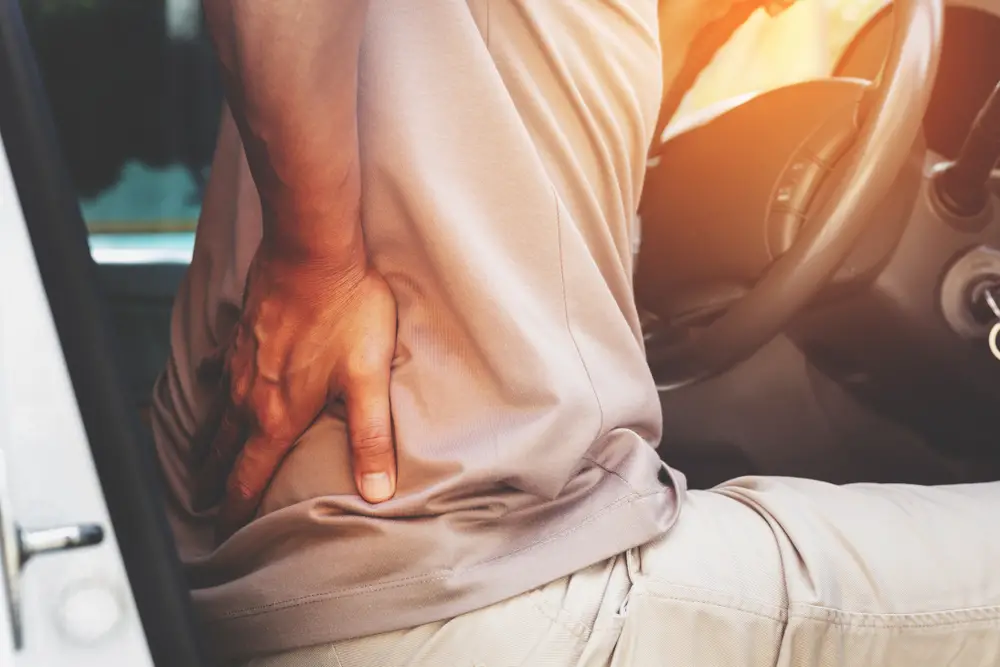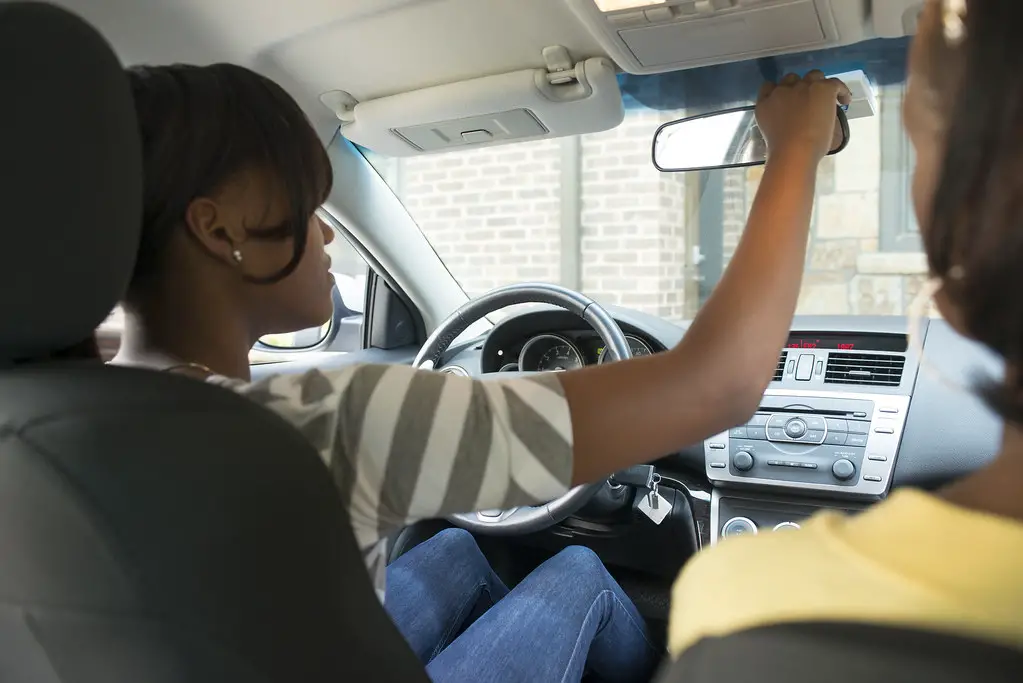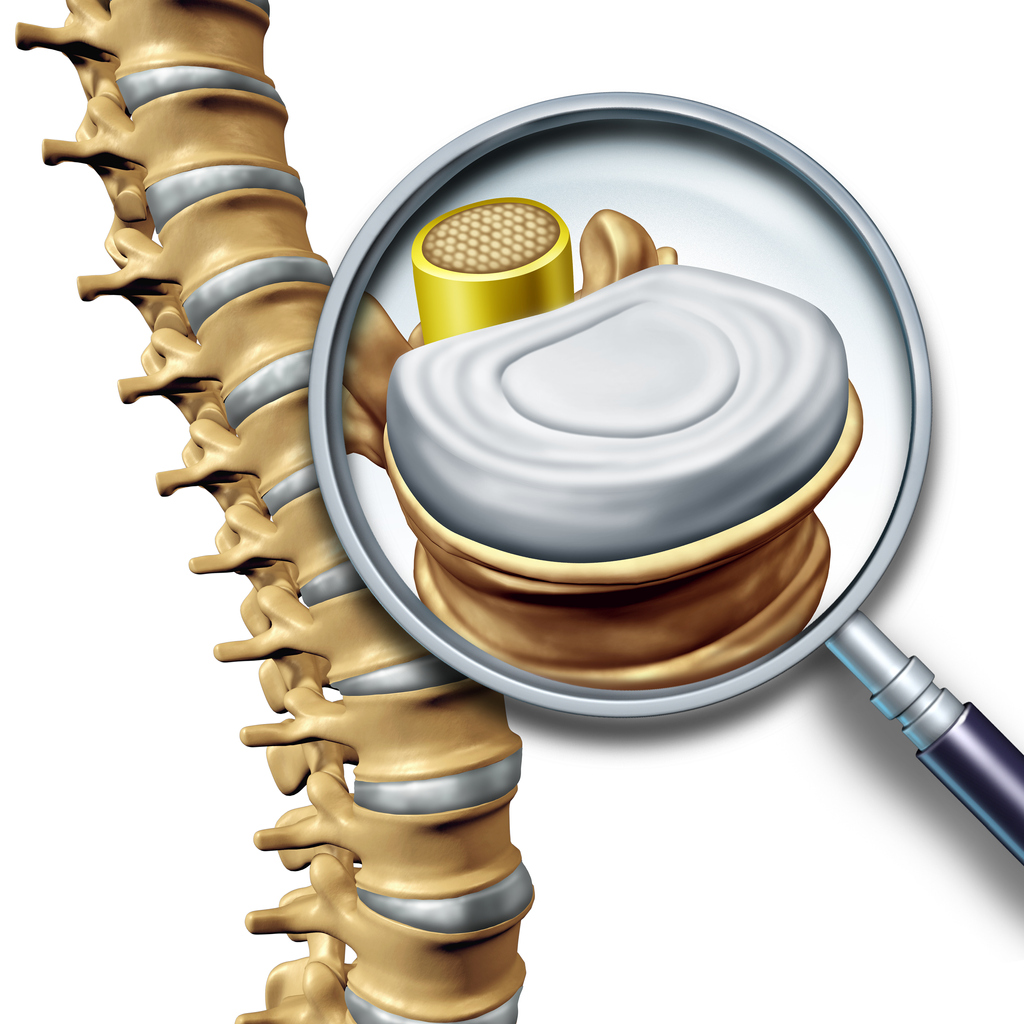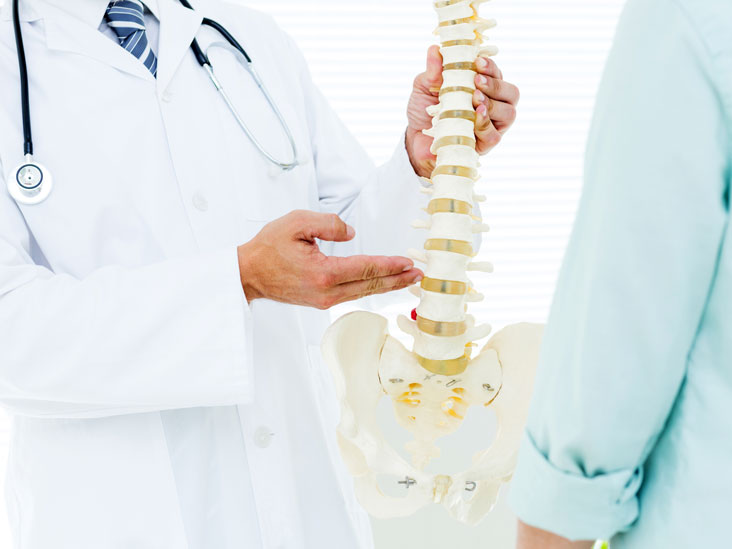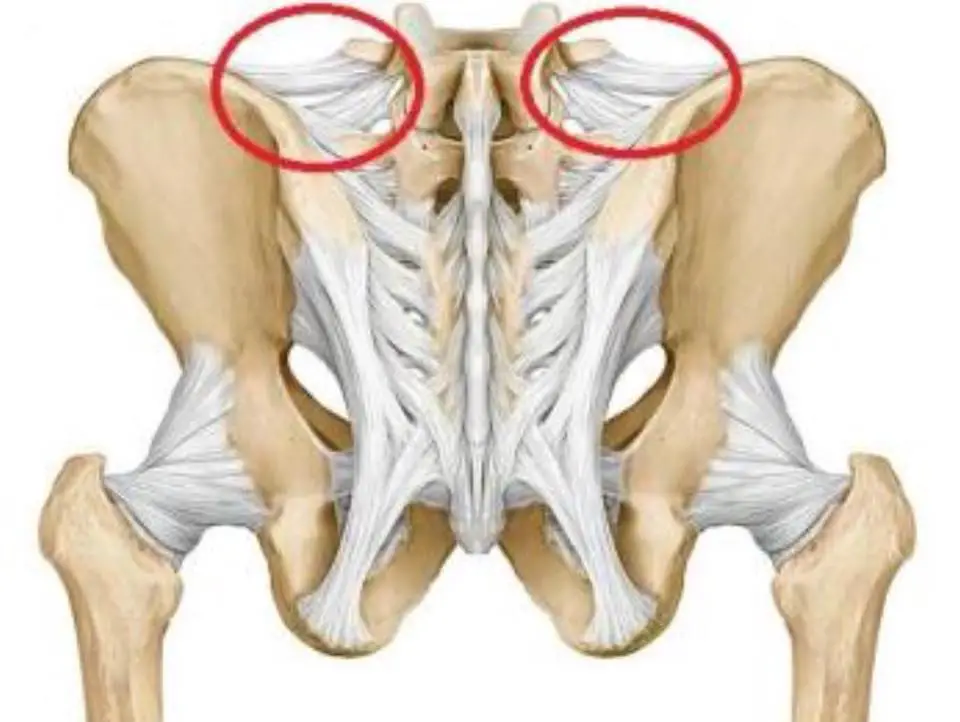Article reviewed and approved by Dr. Ibtissama Boukas, physician specializing in family medicine
For those who have to drive long distances, it is important to find a way to relieve and prevent back pain.
Often, small ergonomic or optimization tips can make a big difference, and allow you to drive comfortably.
How to optimize car journeys in the presence of back pain? What positions should be preferred? This article explains how to drive when you suffer from lower back pain.
Spine anatomy
La spine is one of the most important parts of the human body. It is made up of a series of bones (vertebrae) stacked on top of each other. The anatomy of the spine includes a complex system listed as follows:
- The bones of the spine are linked together by ligaments and muscles, and protect the spinal cord.
- The spinal cord is a long, thin bundle of nerves that runs down the middle of the spine.
- The spine is divided into four main sections: the cervical spine, thoracic spine, lumbar spine and the sacred column.
- Each section has a different number of vertebrae, and each vertebrate has a different shape. This allows the spine to be flexible while providing head and trunk support.
The anatomy of the spine is complex, but it is essential to everyday life. Without it, we would be unable to stand or move our limbs.
Known causes of back pain
Back pain is a common condition that can be caused by a variety of factors:
The physical causes
The physical causes may include poor posture (such as prolonged sitting in the car!), overuse and trauma, among others. This causes pain at the top, milieu or lower back. These pains can radiate into the leg (of the sciatica or cruragia).
Traumatic causes
The traumatic causes may include car accidents, falls and sports injuries.
Overuse
The overuse injuries often occur in athletes who repeatedly use the same muscle group.
Postural back pain and caused the wrong position during sleep
Postural problems can be caused by sitting or standing for long periods of time without taking breaks to move. Poor posture while sleeping can also contribute to back pain.
Other causes
There are many other causes of back pain. These include genetics, stress, underlying medical conditions, etc.
Why driving a car can increase back pain?
There are several reasons why the car can cause lower back pain. Here are a few :
- Prolonged sitting increases the pressure on the discs, which can contribute to the appearance of disc disease responsible for pain.
- The static position due to driving increases joint stiffness, which manifests as symptomatic low back pain in some cases.
- The car itself can be uncomfortable and un-ergonomic.
- The stress of driving can increase muscle tension, which aggravates long-term back pain.
- Repetitive movements of the right foot and legs can increase stress on the vertebrae and nerves in the spine, causing back pain and sciatica-like neuralgia.
5 tips to make car journeys easier
As the vast majority of cases of low back pain persist over time, you have to learn to live with the symptoms, and adjust activities so as not to aggravate the condition.
Here are 5 tips that can be applied to reduce car pain when suffering from back pain.
1. Be as comfortable as possible even before departure
If you have pain as soon as you get into the driver's or passenger's seat, there's probably something wrong.
Start by adjusting your seat, especially if you're sharing the car with your spouse. Also, try to position the rearview mirror as high as possible. This will force you to stand up straight, which will prevent you from slouching.
2. Place a pillow or towel in the small of your back
If your back pain is relieved by standing up straighter, you could use a lumbar cushion in the lower back. This increase in lordosis is often favorable for reducing symptoms, and reducing the irradiation of pain in the leg.
An alternative would be to place a rolled up towel on your lower back for similar support. Adjust the thickness of the towel so as not to create a hyperlordose which would be painful in the long run.
3. If possible, use cruise control
If you are traveling long distances on the highway, cruise control will allow you to strain your car less. sciatic nerve (since you won't be extending the leg as much). This can often soothe radiating pain in the legs.
4. Get moving in the car
Often, back pain worsens when one adopts a prolonged posture or remains inactive. Thus, by performing a few movements such as the pelvic tilt, cervical retractions and the recruitment of deep muscles, your muscles and joints will remain in motion and avoid stiffening!
5. Just get moving!
Moving around in the car to relieve his symptoms is good. But it is even more important to stay active at all times as far as possible.
Physical exercise has been shown to be one of the most effective methods for treating back problems. Whether it's aerobic exercises or lumbar stabilization, maintaining a physical routine can greatly help you treat your pain... not to mention the benefits on your general health!
A kinesitherapist (physiotherapist) can help you build a suitable program that will help reduce your symptoms, improve your functional abilities (including car journeys), and prevent the risk of recurrence.
Good recovery !

